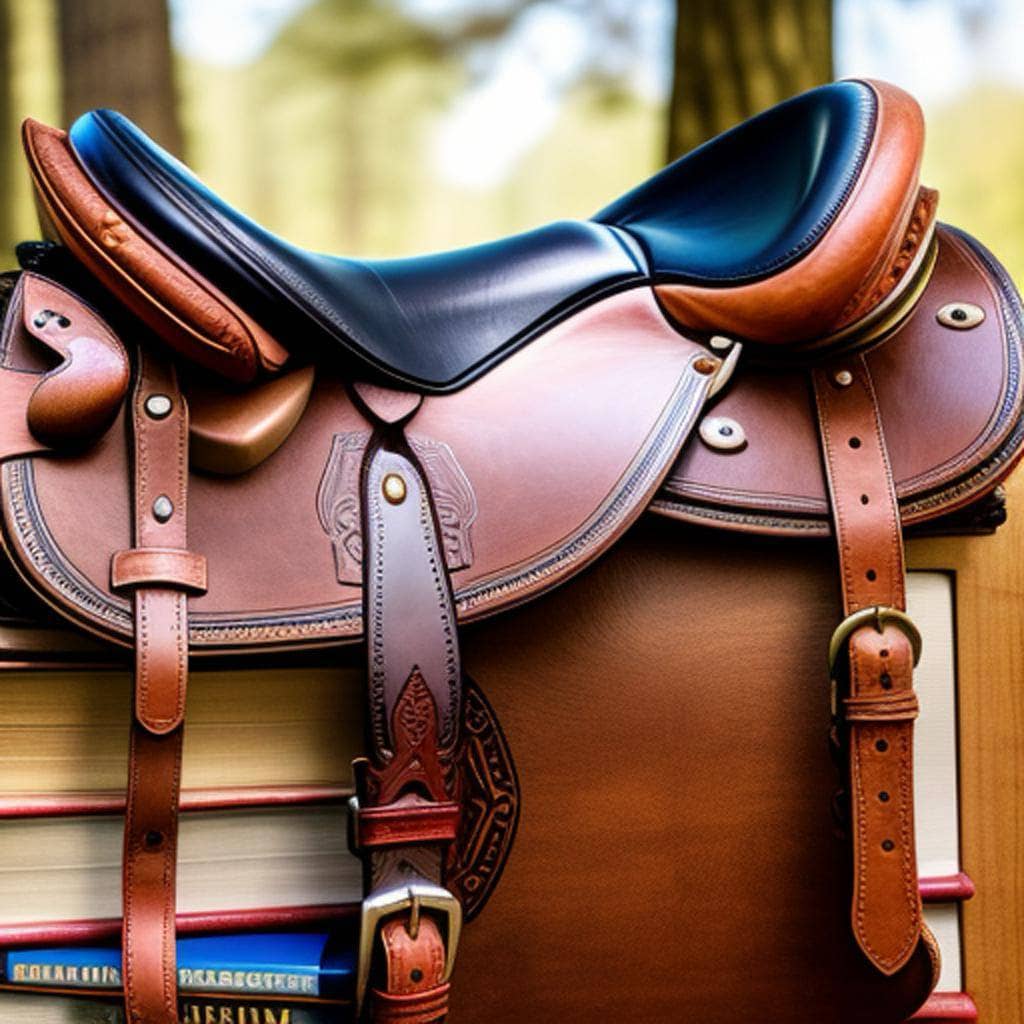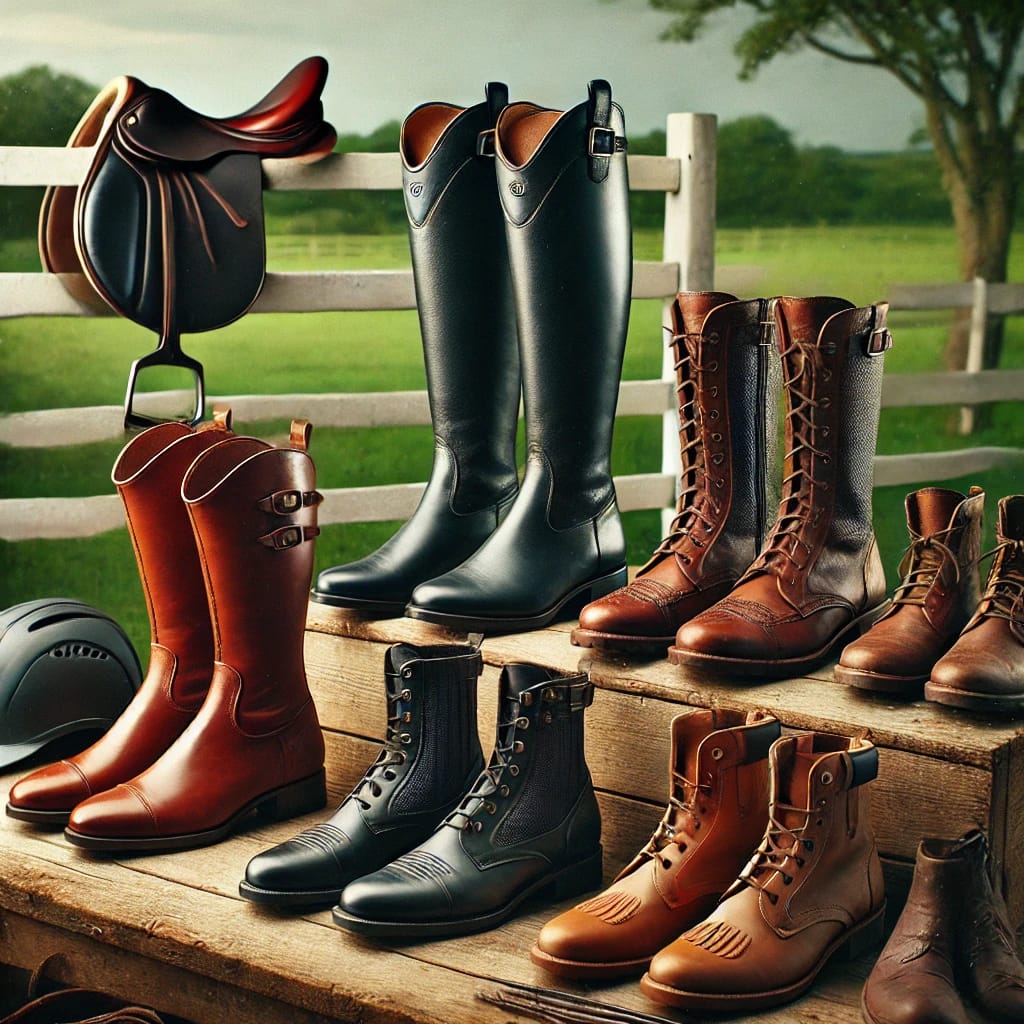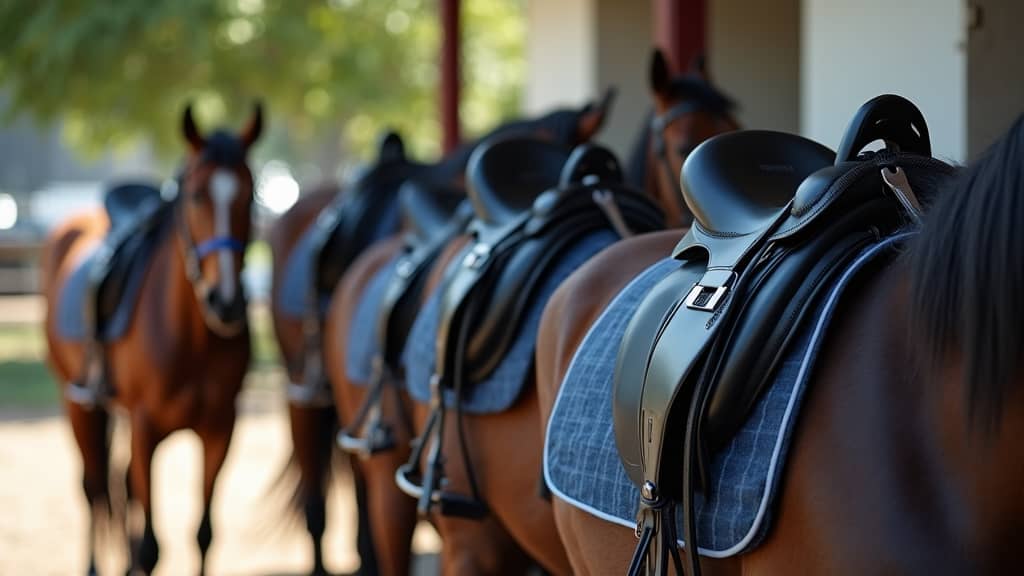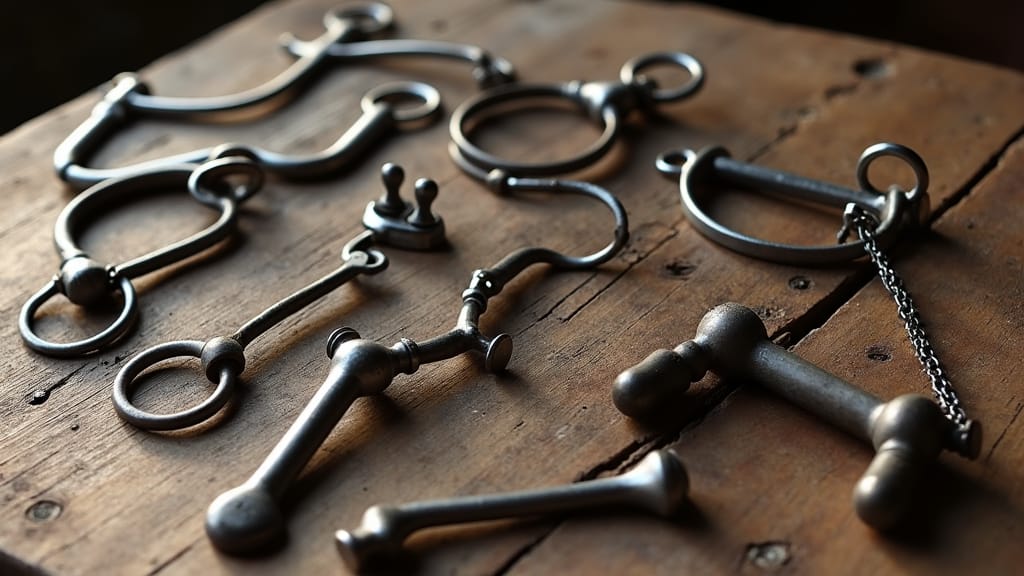
6 Tips for saddles
When it comes to horse riding, the saddle is one of the most crucial pieces of equipment, not just for the comfort and security of the rider but also for the well-being of the horse. A well-fitting saddle enhances the riding experience, promotes good posture, and supports effective communication between horse and rider. Here are some essential tips for selecting, fitting, and maintaining your saddle, ensuring both you and your horse enjoy the best possible ride.
1. Understanding Saddle Types
First, it’s important to understand the different types of saddles available, each designed for specific equestrian activities. For instance:
- Dressage Saddles: Designed with a straighter leg position in mind, offering close contact with the horse to enhance subtle cues and communication.
- Jumping Saddles: Feature a forward-cut flap that accommodates the rider’s knee position when jumping.
- Western Saddles: Known for their durability and comfort on long rides, these saddles provide significant support and are used in various western riding disciplines.
- Endurance Saddles: Lightweight and comfortable, designed for long-distance rides, providing comfort for both horse and rider.
2. Saddle Fitting for Your Horse
A poorly fitting saddle can cause discomfort or even injury to your horse, so it’s crucial to ensure a proper fit:
- Check for Even Weight Distribution: The saddle should sit evenly on the horse’s back, distributing the rider’s weight across the surface.
- Spine and Wither Clearance: There should be enough clearance at the spine and withers to avoid pressure points.
- Freedom of Movement: The saddle should not hinder the horse’s natural movement. Watch for signs of discomfort or restricted motion during a ride.
3. Saddle Fitting for the Rider
Rider comfort is equally important. A saddle that’s a good fit for you helps in maintaining the correct riding posture and balance:
- Seat Size: Ensure the seat size is appropriate for your body. You should be able to sit comfortably with a hand’s width between you and the saddle’s cantle.
- Stirrup Length: Stirrups should be adjustable to a length that keeps your legs comfortable and secure, allowing for proper leg positioning.
4. Maintenance and Care
Proper care extends the life of your saddle and keeps it safe for use:
- Regular Cleaning: Clean your saddle regularly with appropriate leather cleaners and conditioners to keep the leather supple and prevent cracking.
- Storage: Store your saddle in a cool, dry place on a saddle rack to maintain its shape and prevent mold and mildew.
- Inspection: Regularly inspect your saddle for signs of wear and tear, especially the girth straps and stirrup leathers, and address any issues promptly.
5. Seek Professional Advice
When in doubt, consult with a professional saddle fitter. They can provide personalized advice and adjustments, ensuring the perfect fit for both horse and rider. Regular check-ups are recommended, as both the horse’s and rider’s bodies can change over time.
6. Consider Second-hand Options
If budget is a concern, don’t shy away from purchasing a second-hand saddle, provided it’s in good condition and fits well. Many high-quality saddles are available on the second-hand market, and with proper care, they can serve you well for many years.
Choosing the right saddle is a significant decision that impacts the health and performance of both the rider and horse. By considering the type of riding you’ll be doing, ensuring a proper fit for both you and your horse, and maintaining your saddle, you can enjoy countless hours of comfortable, safe, and enjoyable riding.



